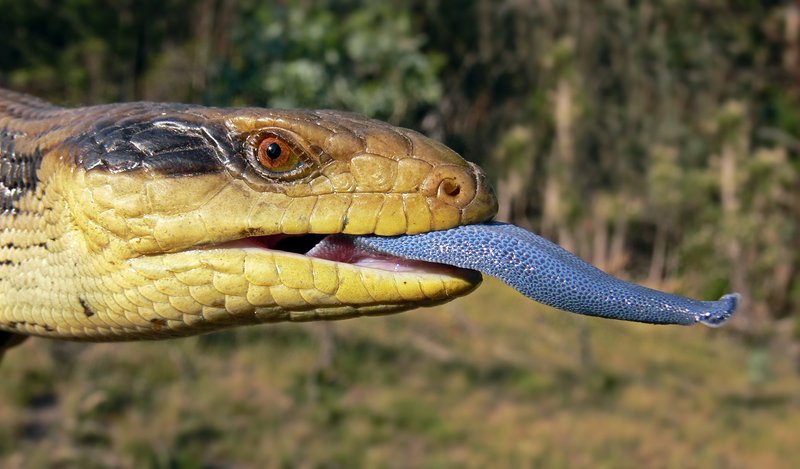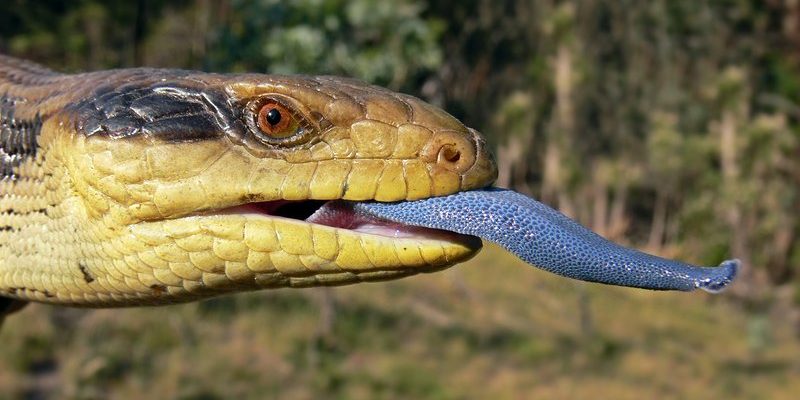
So, what does this charming lizard munch on, and how does it go about hunting its meals? Let’s explore the diet of the blue-tongue skink and delve into its rather clever hunting strategies. Picture yourself sitting across from a friend, discussing the quirks of nature over a cup of coffee. You might think of them as a mix of interesting habits, simple prey preferences, and a few surprising dietary choices.
Understanding the Blue-Tongue Skink’s Diet
Blue-tongue skinks are omnivores, which means they enjoy both plants and animals. Think of them as the buffet-goers of the lizard kingdom. You might wonder how they strike a balance between munching on veggies and snacking on bugs. Their diet can include:
- Vegetables like leafy greens
- Fruits such as berries or apples
- Insects like crickets and mealworms
- Small rodents or eggs if the opportunity arises
Surprisingly, they have a preference for softer foods. You won’t find them wrestling with tough or spiky plants. Instead, they’re all about the easy-to-digest options. Their teeth are designed to crush rather than tear, making them perfect for a diet filled with both plant matter and insect protein.
In the wild, you’ll often see blue-tongue skinks foraging among leaves and undergrowth. They tend to hunt during the day, which makes them diurnal reptiles. It’s like they’ve planned a casual lunch date with nature! You might find them munching on strawberries or a tasty cricket, all while soaking up the sun.
How Blue-Tongue Skinks Hunt
Hunting isn’t a frantic chase for the blue-tongue skink. These reptiles have a relaxed but clever approach to finding food. When they spot a potential meal, they don’t rush in; instead, they carefully evaluate the situation. They might use their keen eyesight to scan for movement before making a decision.
Their hunting strategy heavily relies on their unique blue tongue. When threatened or confronting prey, they’ll flash their vibrant tongue. This act serves two purposes: it’s a warning to predators and can sometimes confuse their prey. Imagine a darting bug suddenly confronted with a bright blue flash—it’s enough to give any critter pause!
Once they’ve assessed their options, blue-tongue skinks will sneak up on their target. They move with surprising stealth for a creature of their size. Then, with a quick snap of their jaws, they catch their meal. It’s not always about speed; it’s about strategy and precision.
The Role of Vision and Smell in Hunting
You might be surprised to learn how essential vision and smell are to the blue-tongue skink when it comes to finding food. Their large, expressive eyes help them spot potential meals from a distance. They can see well, especially during the daytime when they’re most active.
But it’s not just sight that aids their hunting. Blue-tongue skinks also rely on their strong sense of smell. They have a special organ known as the Jacobson’s organ, located on the roof of their mouth. This organ helps them pick up on scents in their environment, from the aroma of ripe fruits to the scent trails left by insects. Imagine sipping a drink and catching the refreshing scent of fruit—it’s kind of like that!
Together, these senses make them effective foragers. They can identify where food is likely to be hiding and decide if it’s worth pursuing. The combination of keen eyesight and a powerful nose gives them a real advantage in their search for snacks.
Seasonal Changes in Diet
Just like us, the blue-tongue skink’s diet can change with the seasons. During spring and summer, when temperatures rise, there’s an abundance of food. Bugs are buzzing, and fruits are ripe, making it a feast for these skinks. They take full advantage of this bounty, boosting their energy for the cooler months ahead.
However, as temperatures cool in autumn and winter, their food sources become scarce. In these leaner months, they might resort to eating more plant matter. It’s all about adapting, much like how we change our diets with the seasons—think hot soups in winter and salads in summer!
If you’re curious about how they transition their meals, it’s a balance of instinct and environmental cues. They sense changes in temperature and daylight, which signals their bodies to adapt their hunting strategies and eating habits.
Common Prey and Food Sources
When it comes to their diet, blue-tongue skinks have a few favorites. Let’s break down some common prey and food sources they enjoy:
- Insects: Crickets, mealworms, and grasshoppers are high on the menu.
- Fruits: Mashed bananas, slices of apple, or berries are great treats.
- Vegetables: Leafy greens like kale or romaine lettuce provide essential nutrients.
- Other small animals: They may occasionally munch on small rodents or bird eggs.
While they can eat a variety of things, variety is key. A balanced diet that includes both proteins (like insects) and carbohydrates (like fruits and vegetables) keeps them healthy and happy. You might say they have a palate that appreciates diversity!
It’s essential to remember that what they eat can also reflect their habitat. In urban settings, humans might notice these skinks scavenging in gardens, while in wild areas, they’ll naturally forage for insects and plants.
Feeding Blue-Tongue Skinks in Captivity
If you happen to keep a blue-tongue skink as a pet, you’ll want to know how to provide the best diet. Replicating their natural eating habits can help maintain their health. Here’s a quick guide on feeding them:
1. Balanced Meals: Include a mix of insects, fruits, and vegetables. Think of it like preparing a balanced plate.
2. Variety is Vital: Changing up their meals keeps them engaged and excited about food. Just like we wouldn’t want the same dinner every night!
3. Supplementation: Depending on their diet, consider calcium and vitamin supplements. They need these nutrients to stay strong and support their bones.
4. Fresh Water: Always provide a clean source of water. Hydration is crucial, especially if they’re eating dry foods.
Feeding time can be a fun experience, both for you and your skink. Watching them explore their food and enjoying their meals can bring a smile to your face. It’s like hosting a little dinner party!
The blue-tongue skink is a delightful creature with fascinating eating and hunting habits. From their omnivorous diet to their clever hunting strategies, they showcase a unique blend of adaptability and curiosity. Whether they’re flashing their bright blue tongues or foraging for food, these skinks rely on a well-rounded approach to survive in the wild.
Understanding what they eat and how they hunt not only deepens our appreciation for these creatures but also helps us provide better care for them if they’re pets. Whether in the wild or in our homes, blue-tongue skinks remind us of the beauty and complexity of nature’s design. So next time you see one, remember their delicious lifestyle and the strategies they employ to enjoy their meals—because who wouldn’t want to eat well?

